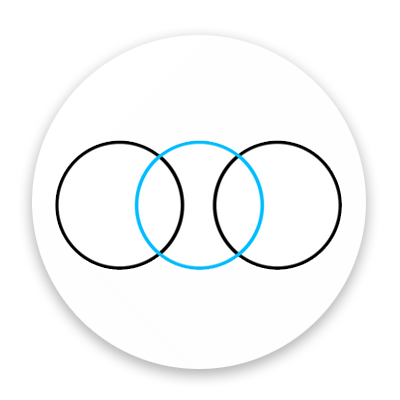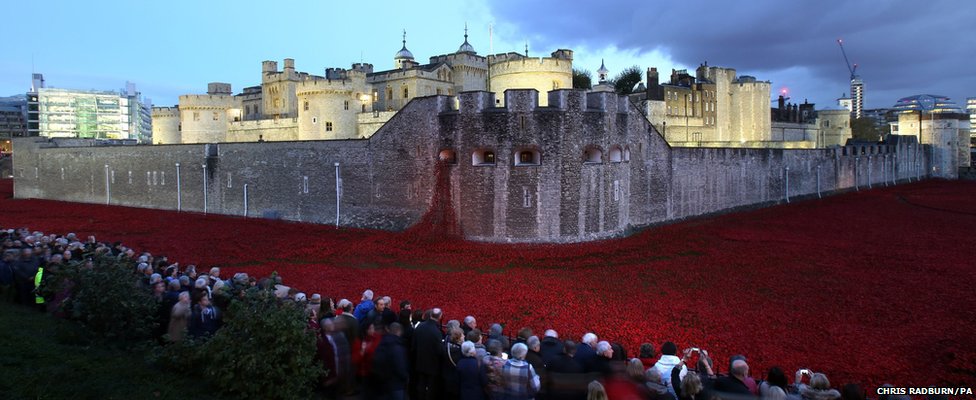A few weeks back I visited the World War 1 memorial, 'Blood Swept Lands and Seas of Red' created by ceramic artist Paul Cummins, with setting by stage designer Tom Piper, at The Tower of London. It is an immense Installation and I like many of the millions that have flocked to see it found it a profoundly moving spectacle, despite the crowds, 'gentle jostling and sense of fun'.
However I do feel Jonathan Jones, writing in The Guardian, does make some very important points and valid arguments regarding the memorial.
'By the time Blood Swept Lands and Seas of Red is completed – and it’s nearly there now – it will consist of 888,246 ceramic poppies, each representing a British fatality in the first world war. It is deeply disturbing that a hundred years on from 1914, we can only mark this terrible war as a national tragedy. Nationalism – the 19th-century invention of nations as an ideal, as romantic unions of blood and patriotism – caused the great war. What does it say about Britain in 2014 that we still narrowly remember our own dead and do not mourn the German or French or Russian victims?'
And in a later, article, defending his arguments against the severe backlash he wrote:
'In so explicitly recording only the British dead of world war one, this work of art in its tasteful way confirms the illusion that we are an island of heroes with no debt to anyone else, no fraternity for anyone else.
The war poet Wilfred Owen did not want us to remember him and his contemporaries with the bland sentimentality of this installation. He wished instead we could witness what he witnessed, a young man dying in a gas attack:
If you could hear, at every jolt, the blood Come gargling from the froth-corrupted lungs, Obscene as cancer … My friend, you would not tell with such high zest To children ardent for some desperate glory, The old Lie; Dulce et Decorum est Pro patria mori.
A true work of art about the first world war would need to be as obscene as cancer. But Owen, who died soon after writing this, is “represented” by one of those ceramic flowers now, his bitter truth smoothed away by the potter’s decorous hand.'
Links to the full articles are below:


